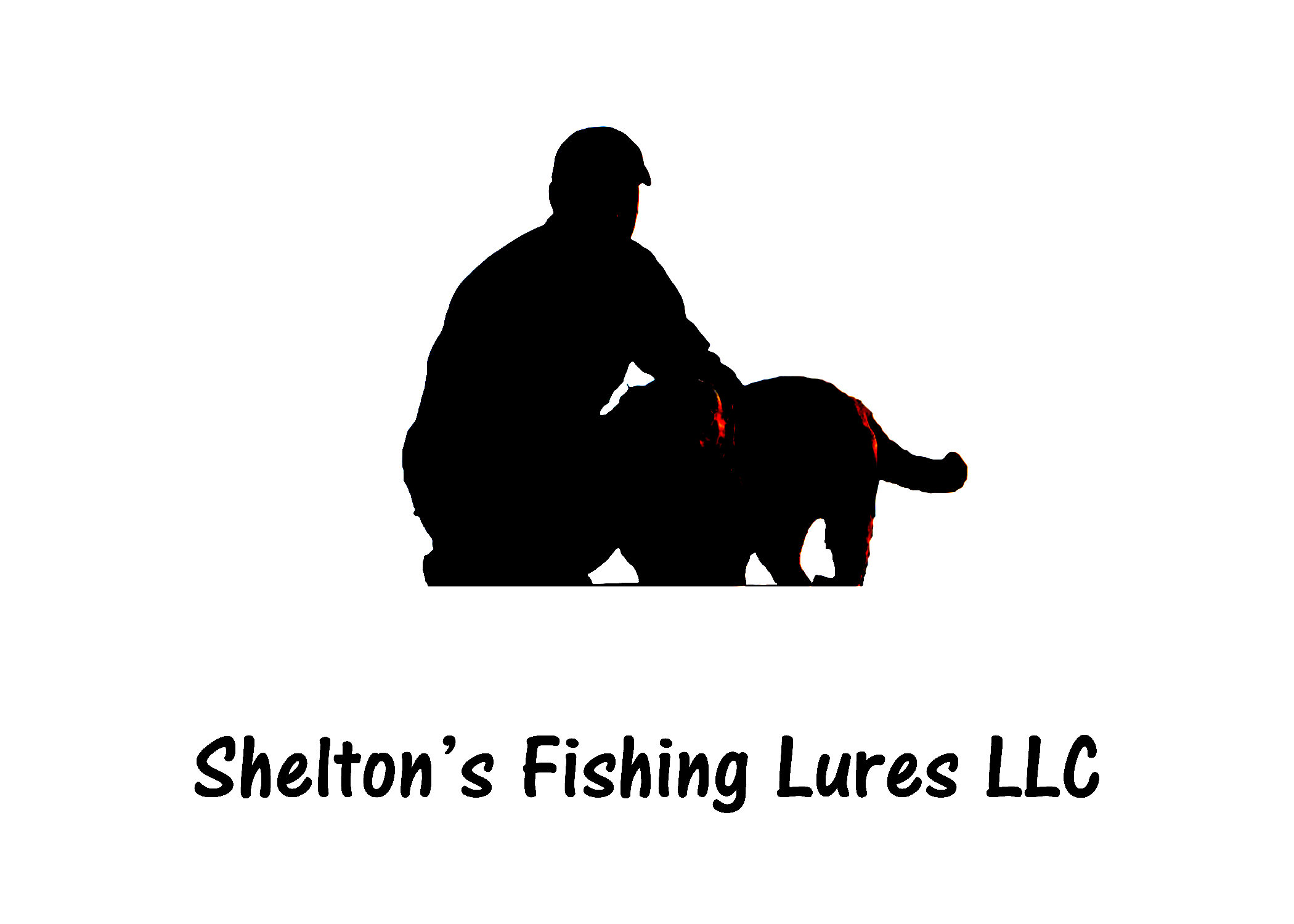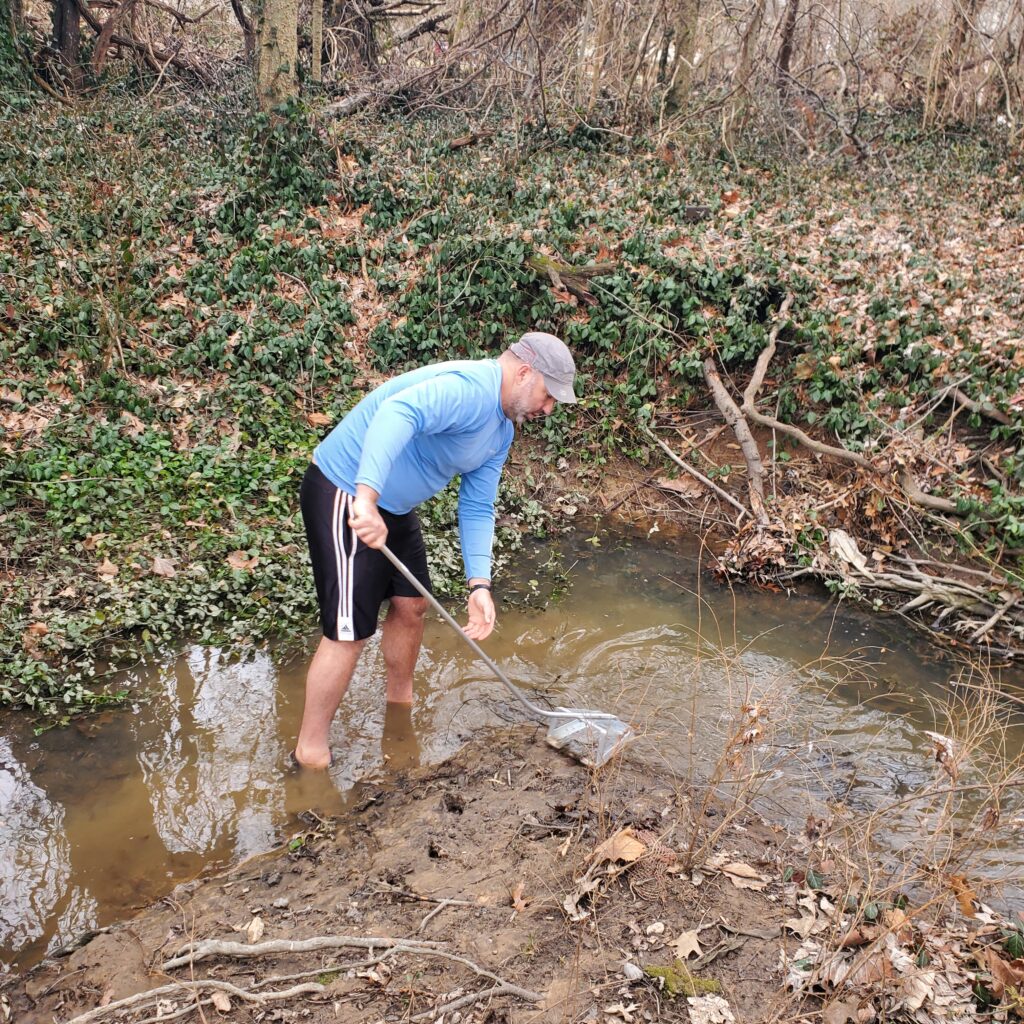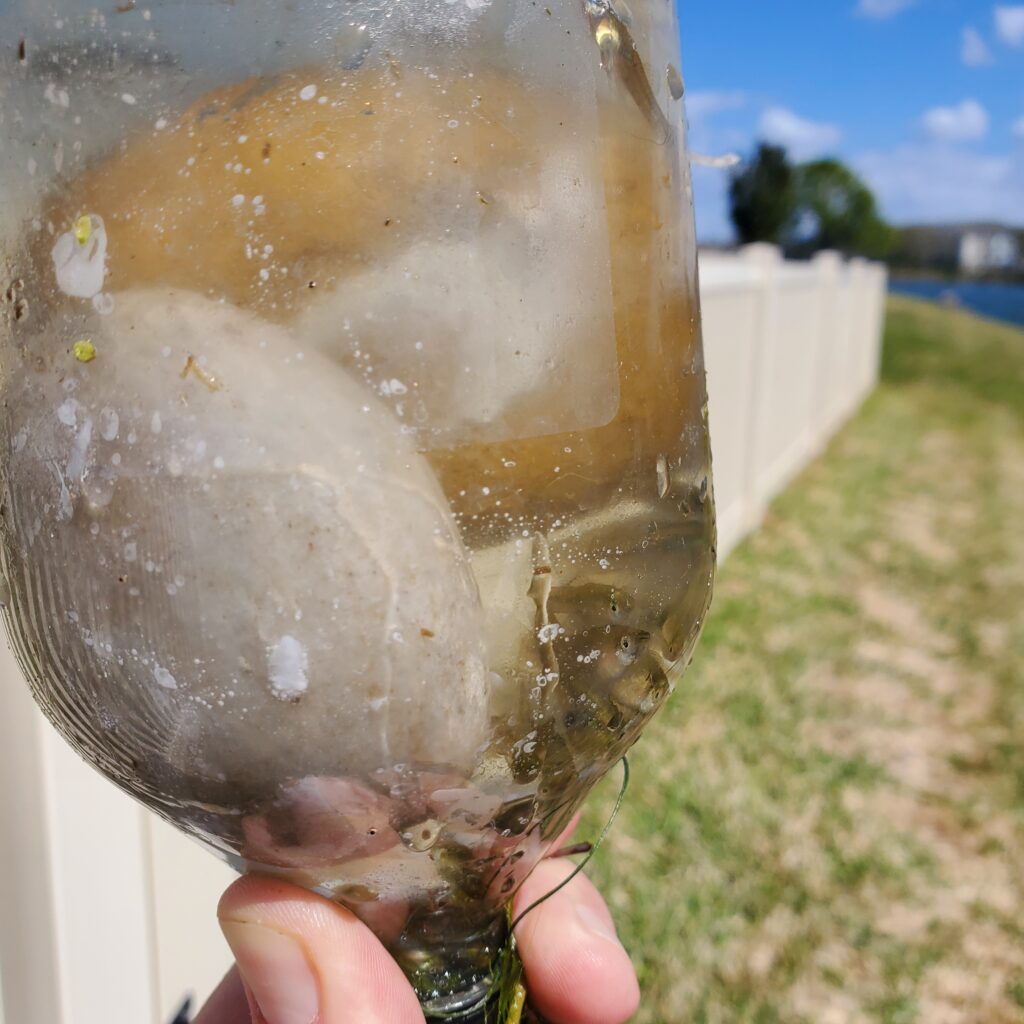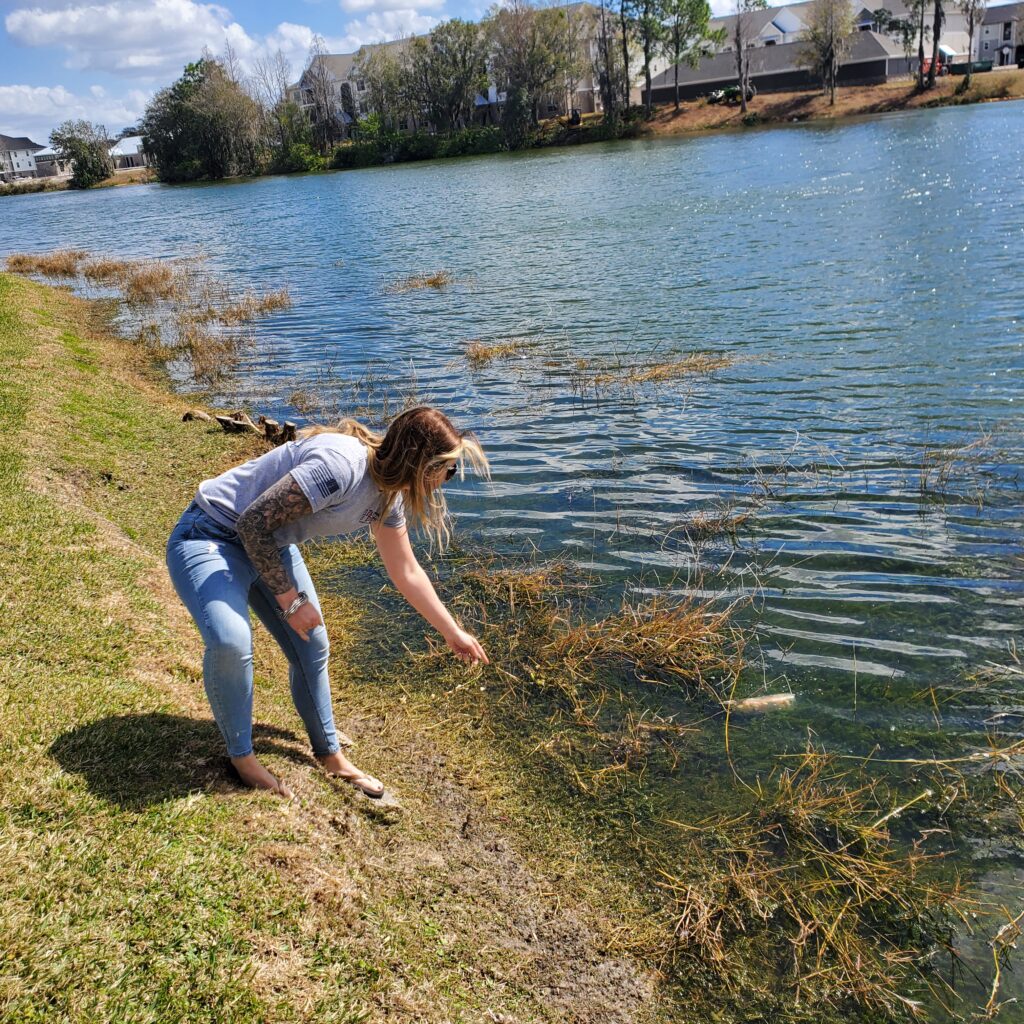Catching Your Own Bait
How To Catch Your Own Crayfish/Crawdads
Please note that some of my articles contain pictures of the products that I write about. By clicking on them you will be redirected to my affiliate links where you can purchase the reviewed product. I typically get a small commission off any purchases which helps keep my site growing!
Catching your own Crawdads/Crayfish
You might not believe it, but I was once a young spry little kid who always needed some adventure, like the time we discovered crawdads in a ditch across the street from the house I grew up in.
We would take small sandcastle style buckets and drag them into the water along the shallow bottom scraping up sand, muck, and yes loads of crayfish! We would catch hundreds of them a day!
Then came the time I got to stay the night at a friend’s house who had a pond. He and I would take a dipnet, dragging it across the bottom hauling in old leaves and huge crawdads!
It was these early days that helped spur my interest in catching my own bait!
The Purpose Of Catching Crawdads
Whether you’re out looking to host a crawfish broil or just needing some good bait, crawdads are really simple to catch and are found in virtually every water way that doesn’t stay dry long.
Depending on the size crawdads you harvest, you can catch any fish in the lake.
Large bluegill will crush your hook when a crayfish an inch or less dangles from it, Bass will engulf whole live crawdads to satisfy their protein needs, and channel catfish love cut crawdad tails!
How To Catch Crawdads
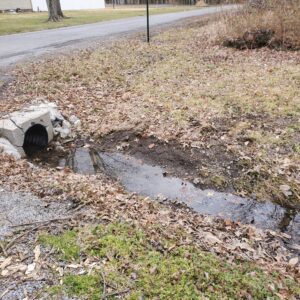
There are really two main themes when catching crawdads…
You can either go to them by hand or let them come to you.
First off if you’re adventurous like a young me, then let’s go hunt them!
Stalking Crawdads With A Seine Or A Scoop
Seining Crawdads
is a technique where you can take a net that attaches to two handles to dredge the bottom of a creek or ditch.
How I seine crayfish
My best seining spots have to remain secret, but I will tell you what to look for…
First, begin looking for a narrow flowing stream about four to six feet wide. Next, start your journey downstream working your way up so that when you disturb the bottom the crawdads will naturally lift up into the flow helping you trap them easier in the net!
Dredge for about ten feet and then lift your seine revealing your catch. Don’t be surprised if you’ve got some minnows in there, but you should see some crayfish! It’s not a bad idea to have a friend go with you carrying a bucket that you can place your catch into.
Scooping Crawdads
Like when I used to use a bucket or dipnet is the act of standing on the shore and dragging the crayfish to you with something that back traps them. There are actually traps that look like dust catchers that do an outstanding job!
Places to look for here are just common ditches that have had water in them for a couple of months where crawdads have the chance to breed and flourish. Just grab a pair of cheap rubber boots and start scooping. If you don’t catch anything after five or six tries, then move on to another location.
Using Traps That Bring The Crawfish To You
This is the best way to catch the bigger crawdads in a water way, but it takes some patience. Crawdad traps work similar to a minnow trap where they have an entrance point that’s easy access to the bait, but then causes them confusion on how to escape because of that cone feature. You may catch just as many minnows at times!
After bait is placed inside the trap, it’s time to sit it in the prime location. I look for places that get little fishing pressure as you don’t want anyone discovering, damaging, or stealing your nets!
A consistent gravel bottom with medium sized rocks are my absolute favorite honey holes. They provide a lot of protection for crawdads to escape predators. If this isn’t possible then look for a rocky, or rip rap bottom that at least has some bigger rocks in proximity to your trap’s location.
When To Set Your Crayfish Trap Out
Nighttime is prime time for crayfish to work the bottoms. They feel much more comfortable scavenging around when the sunlight can’t shed light on their location.
This works to our favor making it much easier to conceal the trap’s location. Sinking your trap about thirty minutes before dark, and then checking it at dawn the very next morning will yield your best results!
What Is The Best Bait For Crayfish
Through trial and error, we’ve discovered cut shad as the best overall bait to use to lure crawdads. Crayfish are natural decomposers and are attracted to the oily scent given off by threadfin and gizzard shad. They also take a little while for the crayfish to eat allowing more and more into the trap to feed as if there’s a buffet!
I cut the small shad in halves and the larger in thirds and sit them inside.
Taking Care Of Your Caught Crayfish
We have a responsibility to make sure we take care of our harvest and not waste them.
To take care of your crayfish start with finding a large old cooler. You can find these anywhere for free if you put out a post looking for them. The next thing is you need to provide the crayfish oxygen just as you would minnows.
Too many crawdads in one little area will absorb all the oxygen too quickly causing a slow die off.
Also place them in a dark corner in a cool place. Some people like putting objects in there for them to hide under but this could cause territorial disputes causing death in several of the more aggressive mud puppies.
If you’re planning on eating them it’s a good idea to change their water out several times so that they can clean their shells ridding them of impurities.
Conclusion
I absolutely love catching crawdads. It’s a fun experience for a child to learn, and it’s a delicious dinner!
Trapping them is cheap and they’re found in such abundance that dry holes can be eliminated quickly. Also, the same places produce year after year!
Fishing with them is such a great experience, but catching the bait is just as fun!
